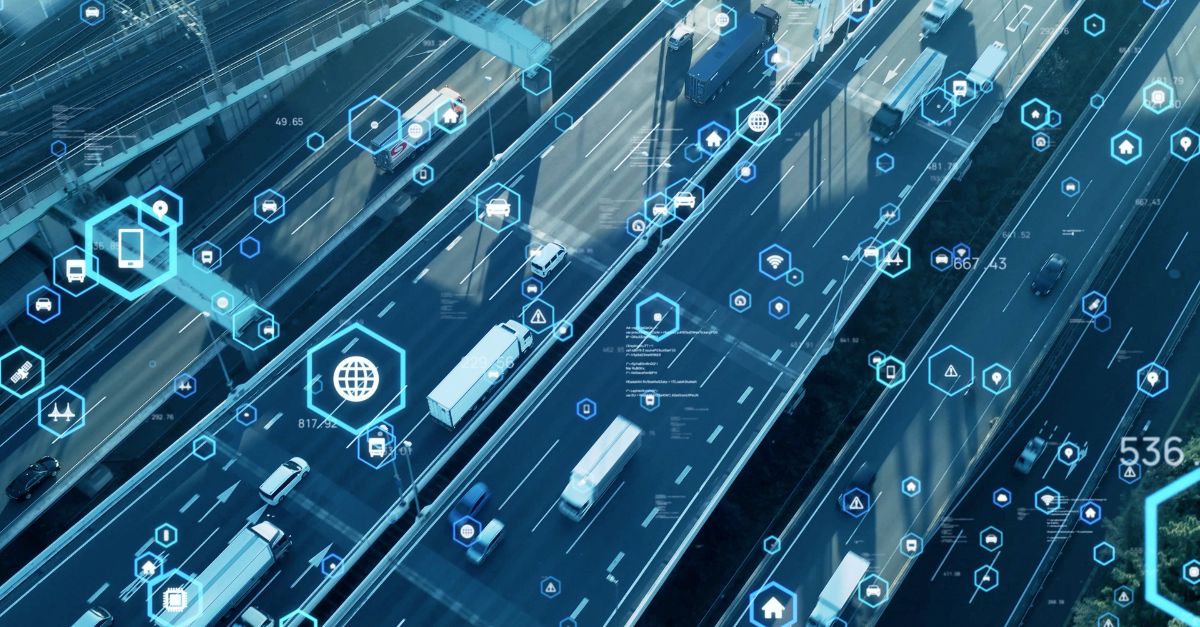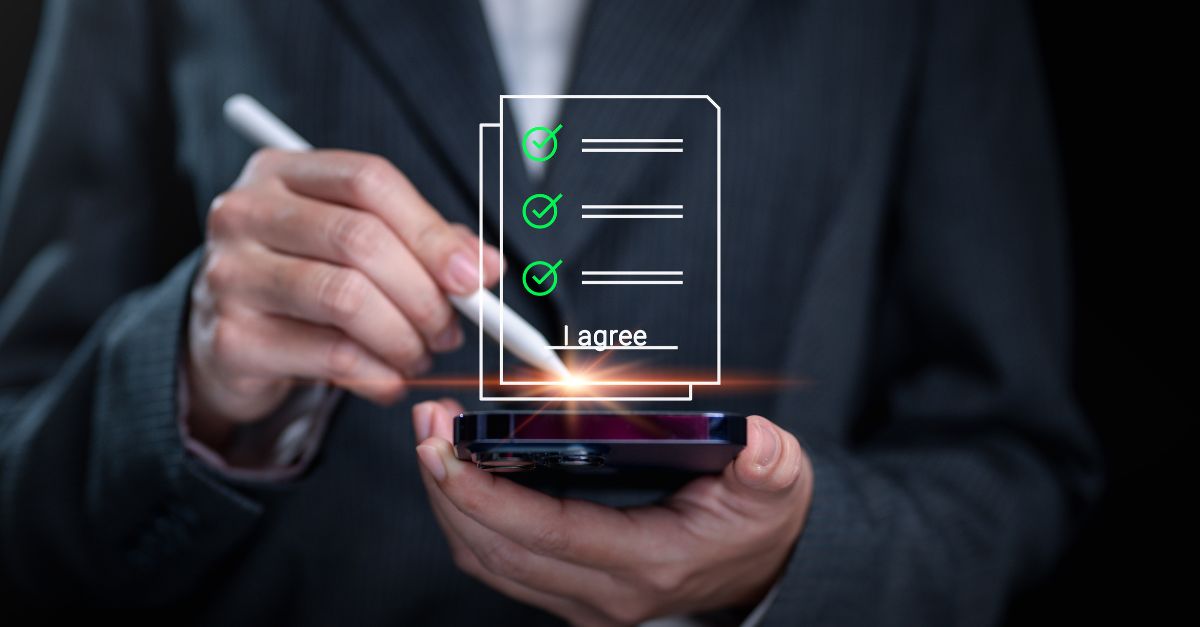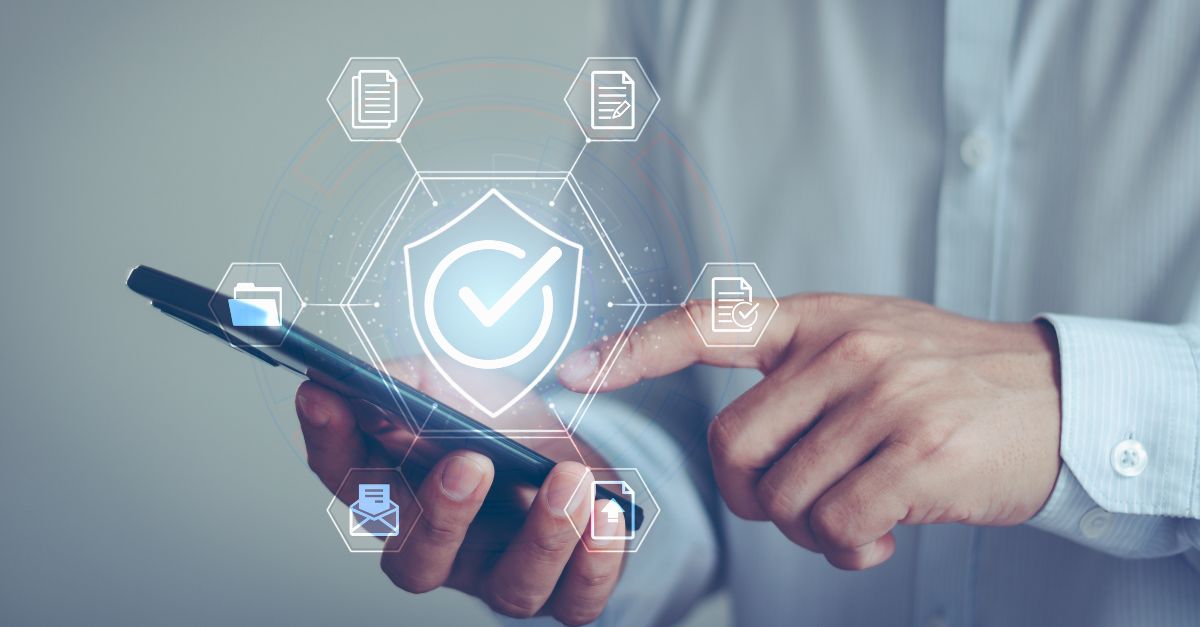The Internet of Things (IoT) continues to emerge as the next wave of industry revolution and many industries are “hopping along” for “the ride”. The healthcare industry is no exception, as innovations in medical devices, medicines, patient monitoring and much more are rapidly emerging. The efficiency and accuracy gained through the implementation of smart technology in the healthcare industry could be, in literal terms, lifesaving.
Patient Monitoring
One advance in healthcare, thanks to this technology, is the ability to more accurately monitor both patients in a facility’s care, as well as those who have checked out. Remote Patient Monitoring (RPM), allows medical professionals to monitor vital signs and assess bodily reaction to treatments given to each individual without needing to be in the same physical location as the patient.
The device used depends on the condition of the patient, whether it be an implanted cardiac device, airflow monitor, connected glucose monitor or something else. The required device collects its desired data and simultaneously it is relayed to a database for collection, and to the doctor for real-time analyzation and action if something is not at a level that it should be. This is commonly used for patients after surgery and can greatly decrease hospital visits and the likelihood of readmission, since problems can be seen and corrected before they become catastrophic. Real-time data can also greatly help medical professionals to more quickly adjust and cater treatment options to each patient based on how their body responds.
Medicine
One of the newer innovations in the healthcare industry, in terms of smart technology, is the emergence of what we call ‘smart pills.’ Smart pills are ingested like regular pharmaceuticals, but in addition to the active medication, are equipped with some form of monitoring technology that allows them to relay information back to a sensor worn on the body. These sensors monitor levels of specified contents in the body based on a patient’s perceived or diagnosed condition.
The data taken from the wearable sensors is then relayed to a mobile app to give patients easy access to their own vital signs. Medical professionals are also granted access to this information, with the patients’ consent, to see whether the drug is working to achieve its intended purpose or potentially causing side effects to the individual. Doctors can also use this monitoring to ensure that medication is being taken in the way that it was prescribed.
In November 2017, Abilify MyCite became the first FDA-approved smart pill and was intended to solely timestamp when the medication was ingested. As soon as the pill came into contact with the individual’s stomach acid, a sensor was triggered that timestamped the contact and relayed it to the wearable sensor and eventually the mobile app as described before.
Proper dosing and adherence to prescriptions is extremely important, so this information is of great value to medical professionals. They no longer have to rely on the patients’ word if regimens are being followed. If they aren’t, they can follow-up with the patient about why and potentially adjust treatment options to something that works better for the patient if they cannot complete the treatment as intended.
One of the more cringe-worthy areas of smart pills, in my opinion, is ‘robotic’ pills that can perform functions inside of you after they are ingested. Yes—I did say inside of you. Companies like Rani Therapeutics are developing pills that have the ability to navigate through the body and perform functions that, for one reason or another, could not be performed non-invasively. Rani has developed a pill that navigates through the stomach and into the small intestine where it delivers an injection without exposing the contained substance to digestive enzymes. Once the injection is administered, the rest of the pill is worn down and digested. This option works well for large drug molecules such as proteins, peptides and antibodies.
Medical Devices
Wearable medical devices are one of the most appealing to today’s consumers of any age because they can keep track of their own vital signs in real-time. In addition to the increasingly popular Fitbit and Apple Watch, there are other wearable technologies emerging that in addition to just recording data, are able to perform functions based on command or perceived situation. One example of this are ‘smart bandages’. Smart bandages are equipped with sensors that can assess the size of the wound underneath to record if it is healing or not, monitor for infection and administer topographic solutions if necessary.
Connected contact lenses have also emerged as a form of wearable healthcare tech. In 2014, Google and Novartis launched their plan to create a connected lens with the ability to monitor blood glucose levels by analyzing the individual’s tears. The information gathered by the lenses would then relay the information back to an insulin pump and inform the patient if their levels were dangerous and needed adjustment. This advance in non-invasive monitoring for diabetes patients could be life-changing for many that are tired of drawing blood multiple times a day. The breakthrough in innovation provides hope to those suffering from symptoms of diabetes that non-invasive techniques are actively being sought out and are close to becoming a reality.
Medical Facilities
While many of the benefits seen from IoT in the healthcare industry are more directly related to patient treatments, improving medical facilities (e.g., more efficient operations, conserving valuable resources) has seen many advances as well. By installing smart technology in hospitals and care facilities, medical professionals will better be able to monitor the longevity and effectiveness of machines such as MRI machines, CT and PT Scanners and X-ray machines before possible malfunctions or improper use occurs. By using remote sensors in equipment, facilities can minimize and possibly even eliminate manual checks, thus freeing up time for more pressing matters.
A frequent problem in medical facilities is misplacing equipment or assets due to common use. This can become a big problem if there is an emergency and the equipment cannot be located. The use of Bluetooth low-energy location technology provides real-time location of equipment and can eliminate the hassle and stress of locating something in emergency situations. This small innovation could save countless lives and is trivial in cost when compared to gained benefits.
For Healthcare, IoT Is Already Making Its Mark
A study conducted by Aruba Networks in 2017, showed that 60 percent of healthcare organizations globally have already implemented IoT devices in their facilities and that number is expected to climb dramatically in the coming years. It is evident that IoT solutions have made their way into the healthcare industry and are there to stay. From better patient monitoring, to smart pills, to low-energy location solutions, IoT is making life easier for medical professionals and improving treatments and care for patients which, in the end, is the goal of IoT - to improve quality of life for the highest number of individuals possible.
GlobalSign’s IoT team is now working with companies in the healthcare industry, providing PKI-based solutions that will help healthcare officials secure and optimize their connected infrastructure.
About the Author
Ian is putting his writing skills to work and dipping his toes into the cybersecurity world during his summer internship here at GlobalSign. Please give him a warm welcome and wish him luck with learning all the acronyms!







